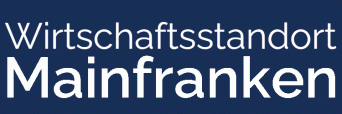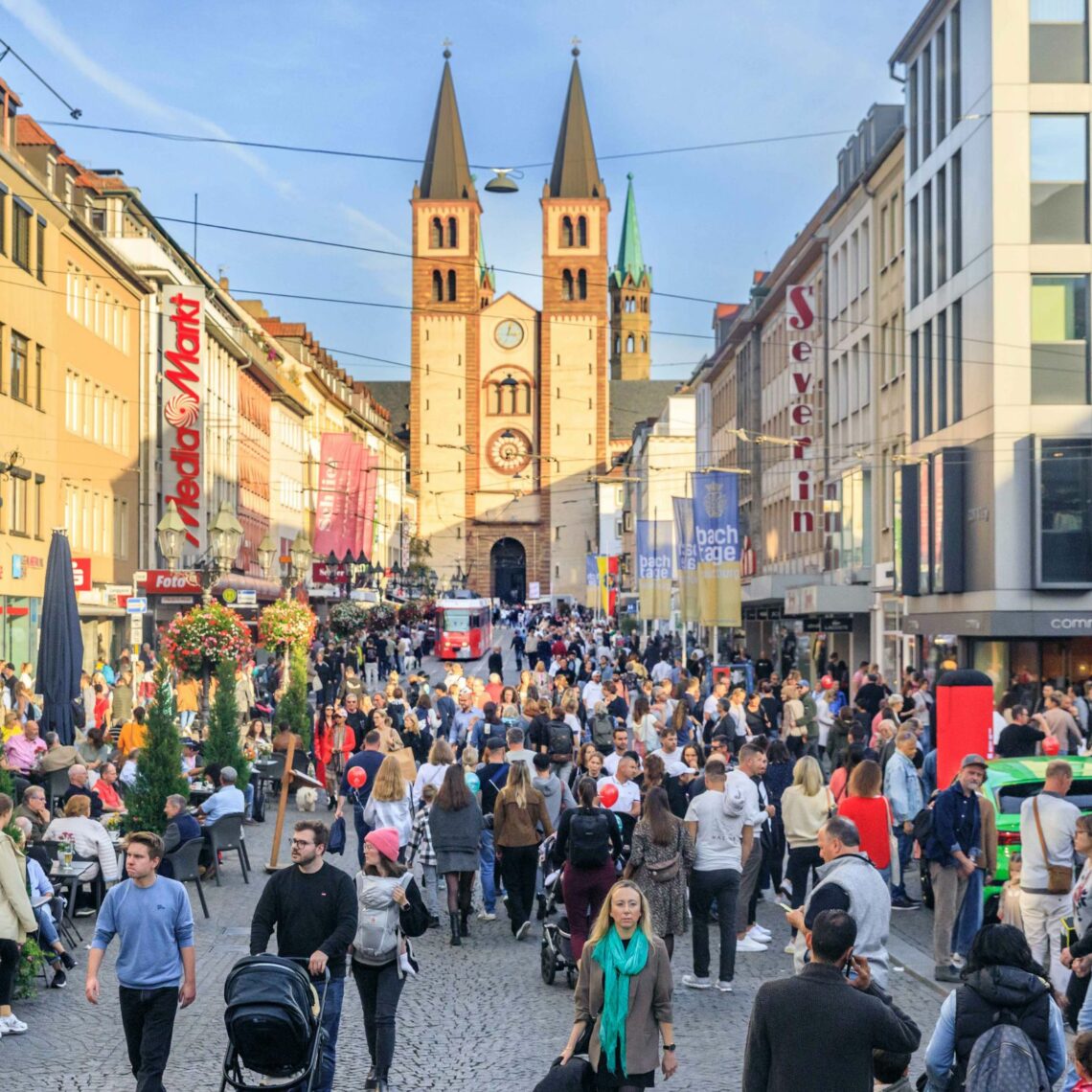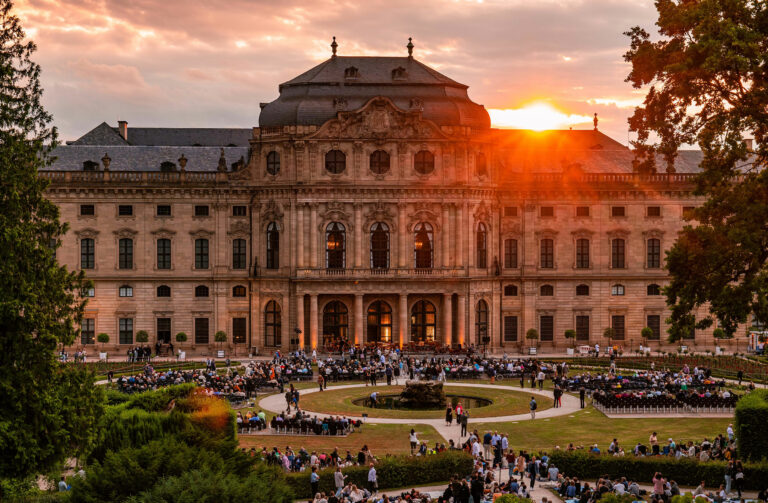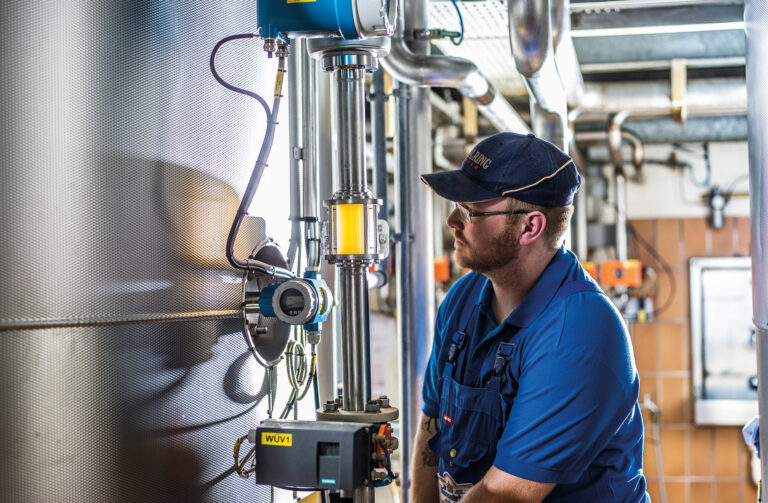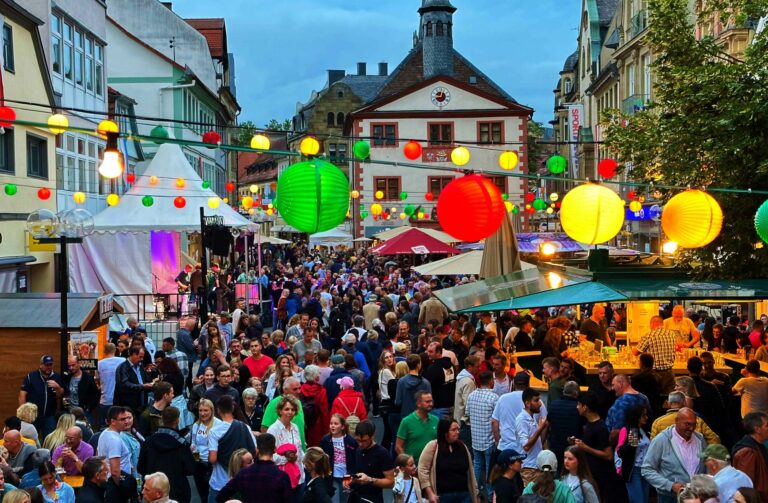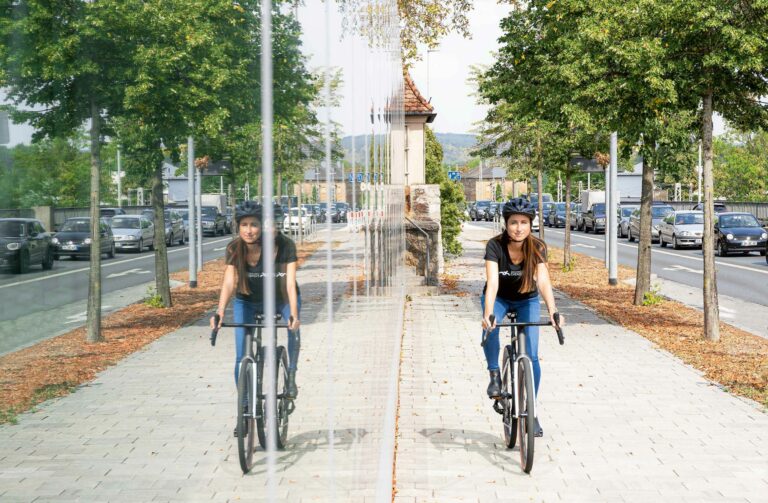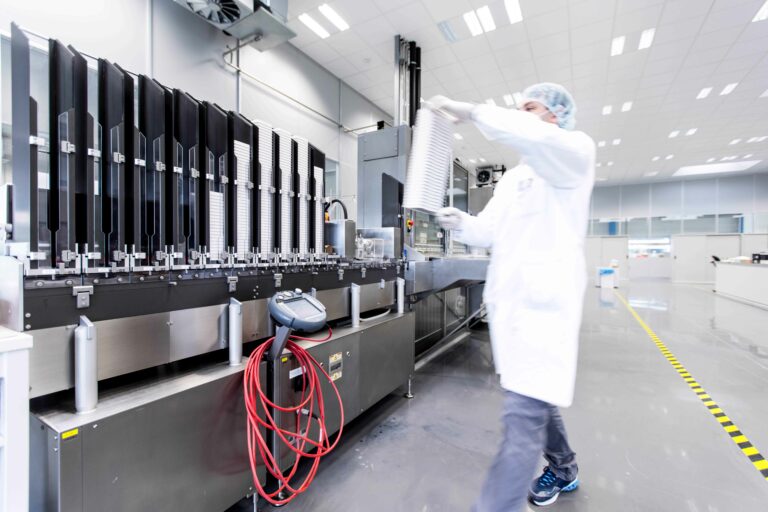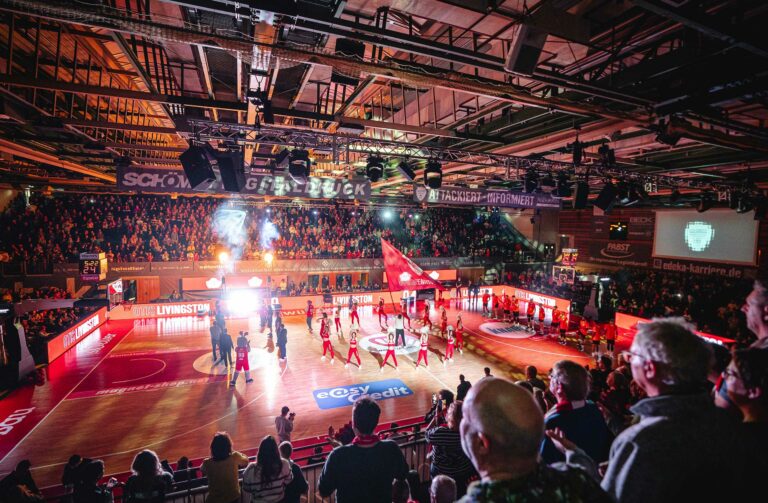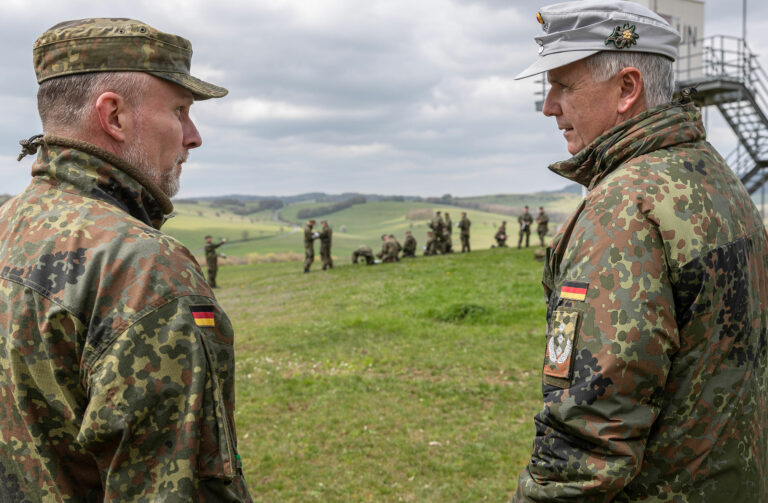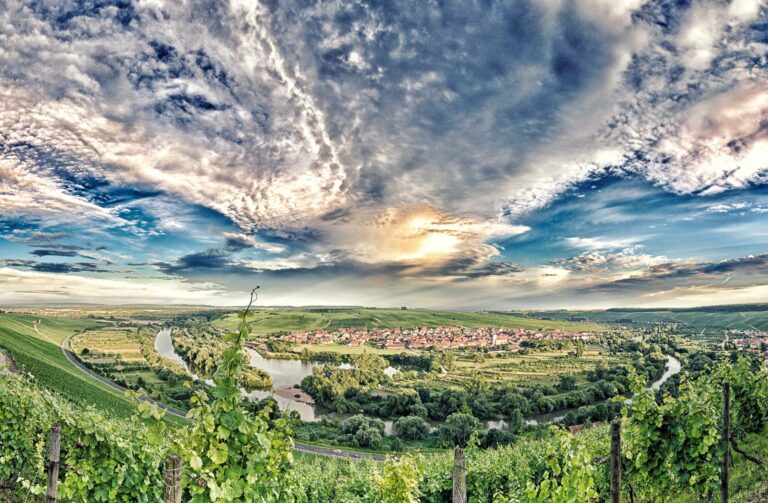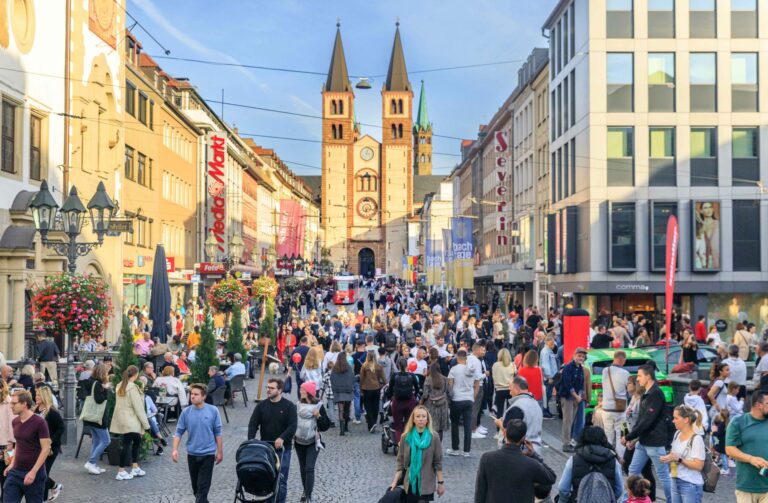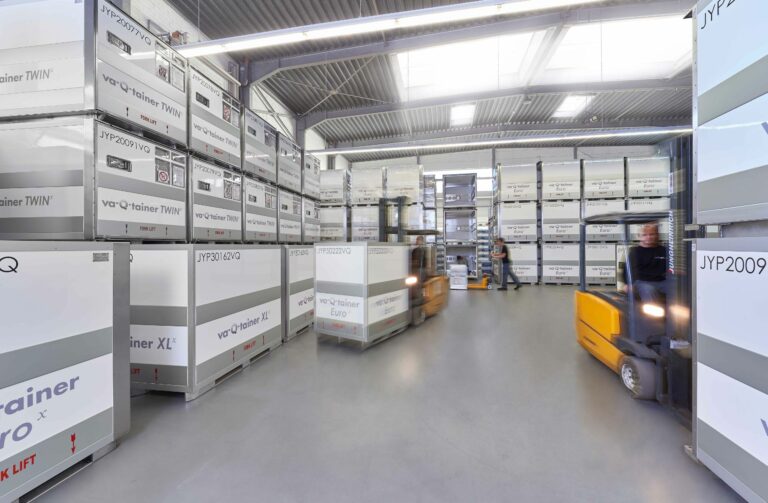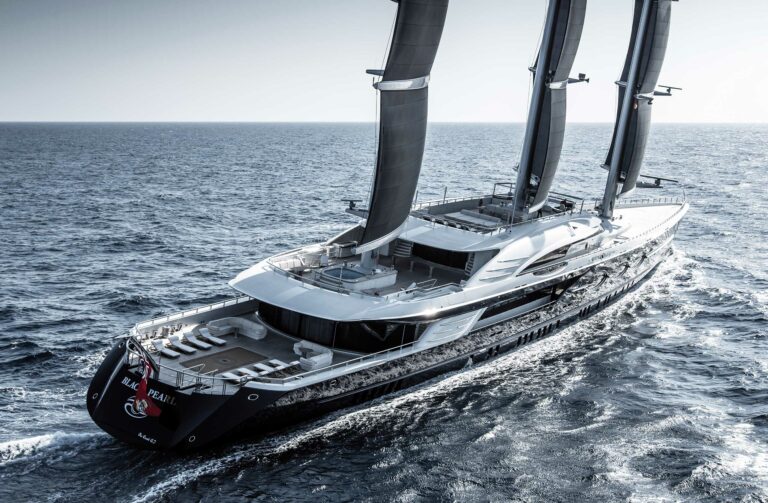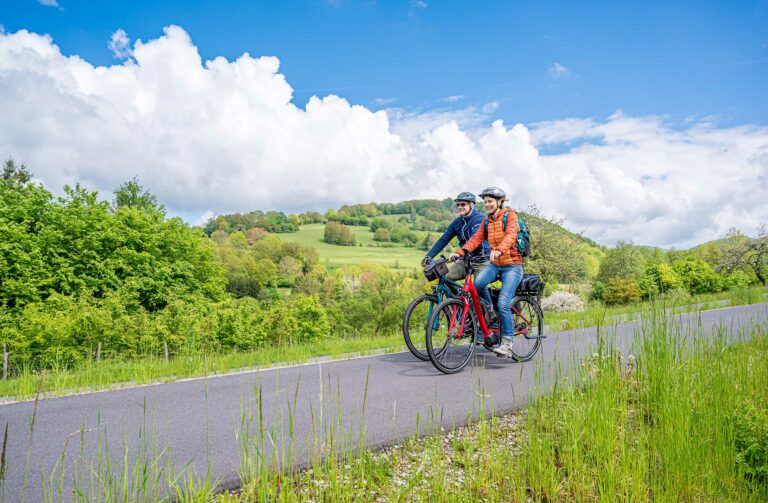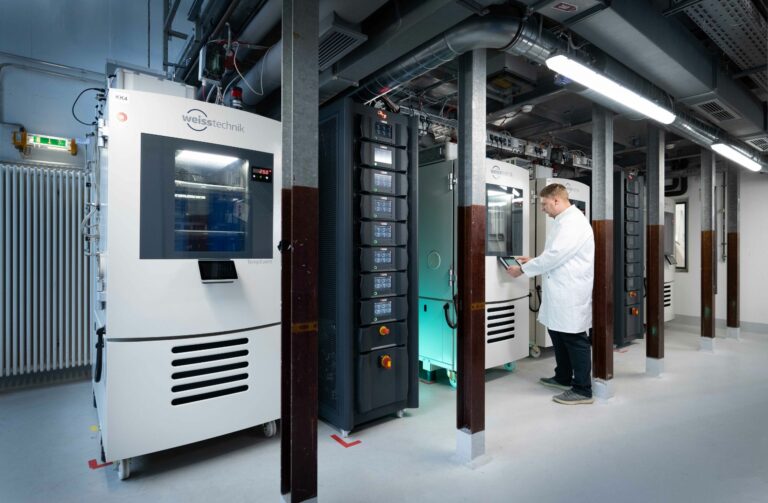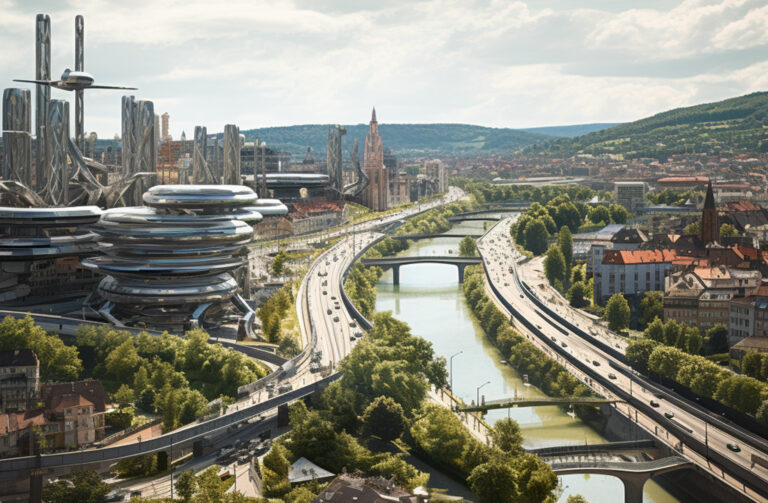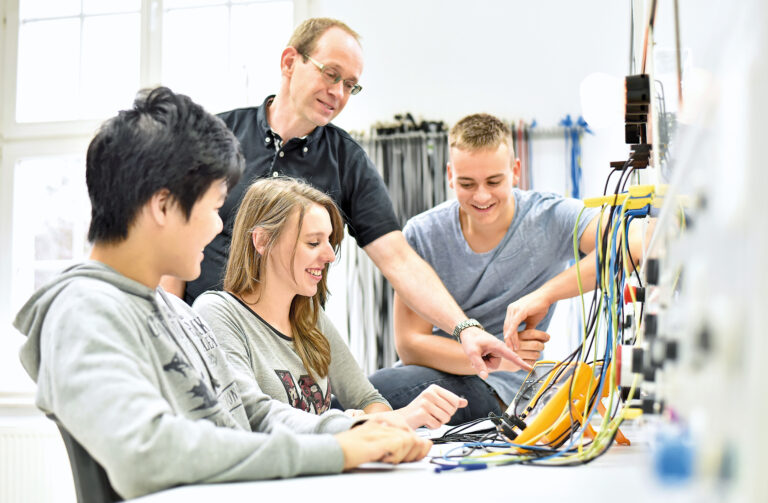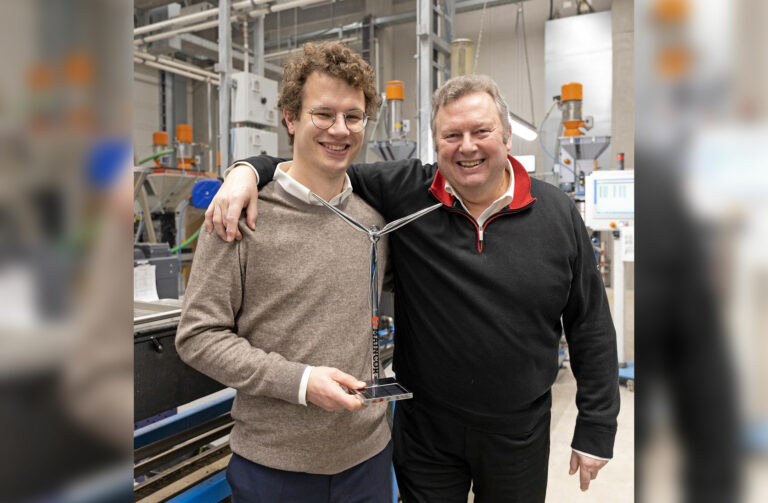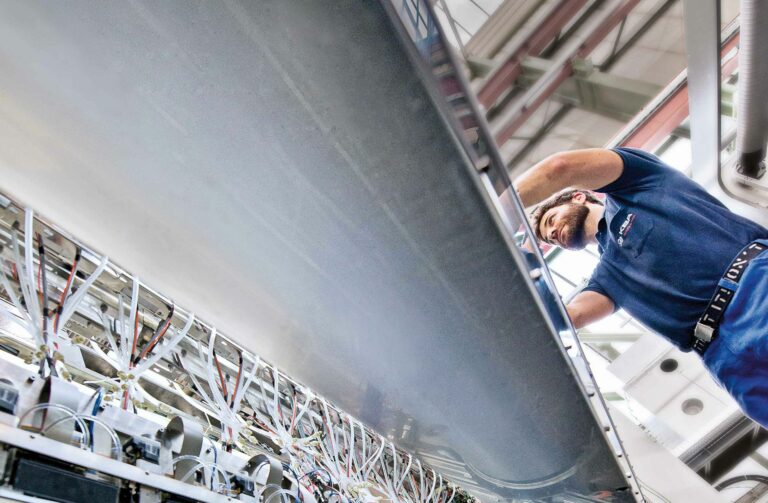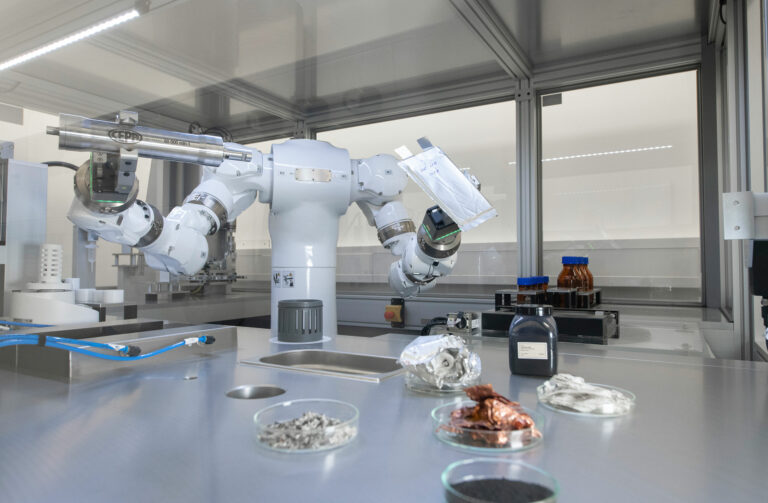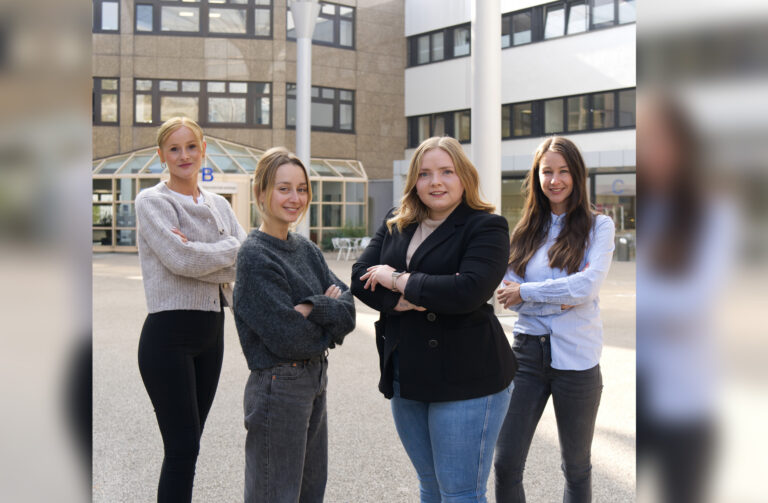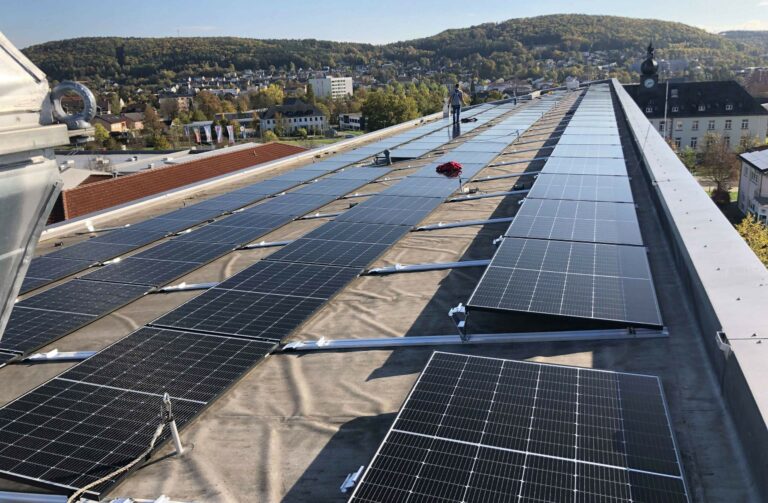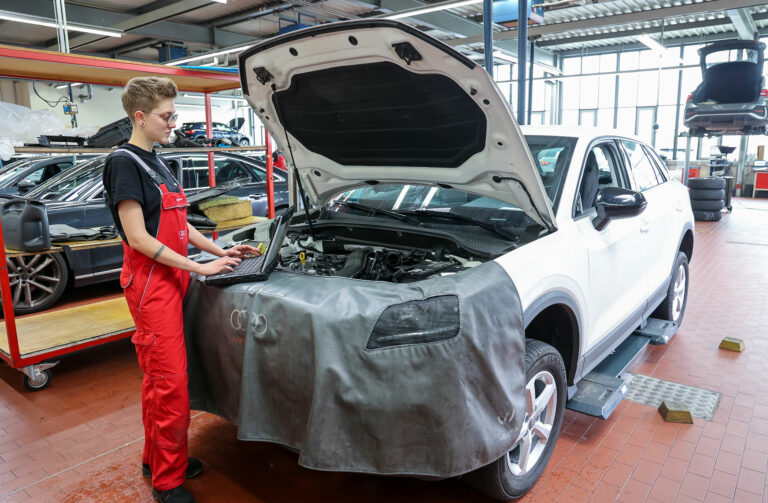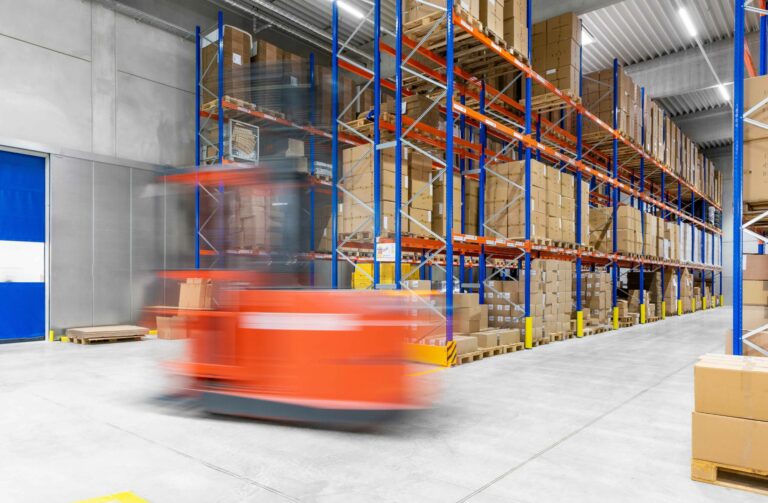Main Franconia’s local centres progress towards becoming post-pandemic city centres
City centres full of vitality sound like an inviting prospect to visit and stay. However, crowded shopping streets, busy restaurants, cafés and bars, cultural events or packed promenades and parks were drastically opposed by social distancing, access restrictions and hygiene regulations during the Covid-19 pandemic. Suddenly, it was precisely this concentration of commercial offers, public services and public institutions – in other words, what makes a city centre worth visiting – that became its undoing.
Shortly after the outbreak of the pandemic, city researchers agreed that Covid-19 was an “accelerant” that would significantly speed up the ongoing inner-city transformation processes. A time-lapse development, far-reaching, but a linear process and not a sudden break in the city’s history. But that is precisely the deceptive thing about current developments, making it easy to underestimate the impact of the transformation. Digitalisation, climate change, demographic trends, the mobility transformation, consumer behaviour and visitor expectations: profound changes must be managed to ensure the attractiveness of post-pandemic city centres. Falling frequencies of passers-by, the increase in vacancy rates and the decline in the quality of stay are affecting almost all inner-city traders. In the post-pandemic era, new concepts and ideas are needed to counteract the impending decline of the city centre.
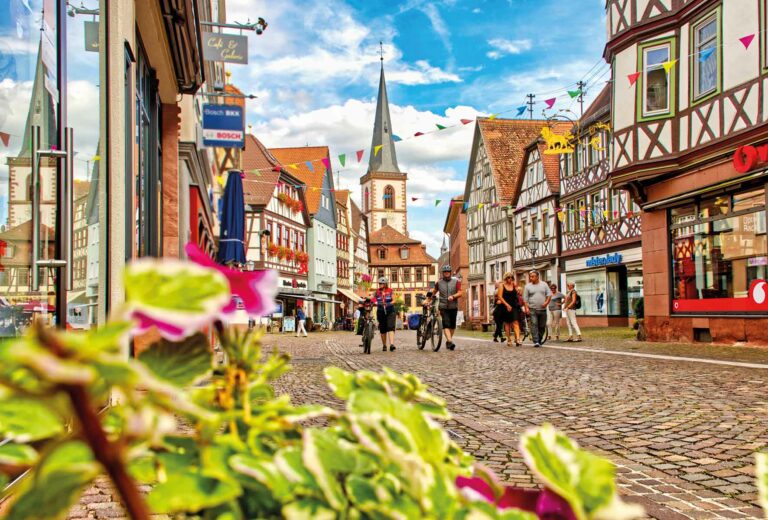
Main Fraconia is also affected by this consequence of the pandemic. In many places, for example, frequencies of passers-by are still below the figures from before the Covid-19 pandemic. Added to this are the effects of the Russia-Ukraine war, such as high inflation and supply bottlenecks. Purchasing behaviour has changed, online trade and consumer restraint are having a negative impact on the sales of purely brick-and-mortar retailers. At the same time, companies in all sectors are complaining about a shortage of staff. Many business models and forms of retail have come under pressure, as evidenced by the insolvency of textile chains from the fast fashion sector with branches in Main Franconia or the closure of the Galeria department store in Schweinfurt. However, the death of inner-city retail on a massive scale feared at the beginning of the pandemic has not materialised
In July 2021, i.e. at the peak of the pandemic, the General Assembly of the Würzburg-Schweinfurt Chamber of Industry and Commerce (CIC) approved an action programme describing the vision of a post-pandemic city centre.1 In essence, the paper identifies three essential requirements to ensure the vitality of city centres:
- To promote multifunctionality, i.e. the expansion of complementary mixed uses with an attractive blend of shopping, cultural and creative industries, recreation, relaxation and space to meet and socialise.
- To promote the character of an experience by developing spaces that go beyond the supply function and aim to appeal to visitors on an emotional level.
- To develop concepts for good but nevertheless pioneering accessibility to the city centre, for the digital visibility of municipalities and their traders, but also to enhance the experience.
In the past, Main Franconia has repeatedly shown how new things can materialise, especially out of challenging times, because the regional economy has always emerged successfully from crises. However, as our local centres progress towards becoming post-pandemic city centres, it is important to not only examine and implement existing ideas, but for all inner-city stakeholders – from businesses to municipalities as well as residents and property owners – to become aware of their responsibilities and get involved in shaping urban vitality and attractiveness. So let’s do it.
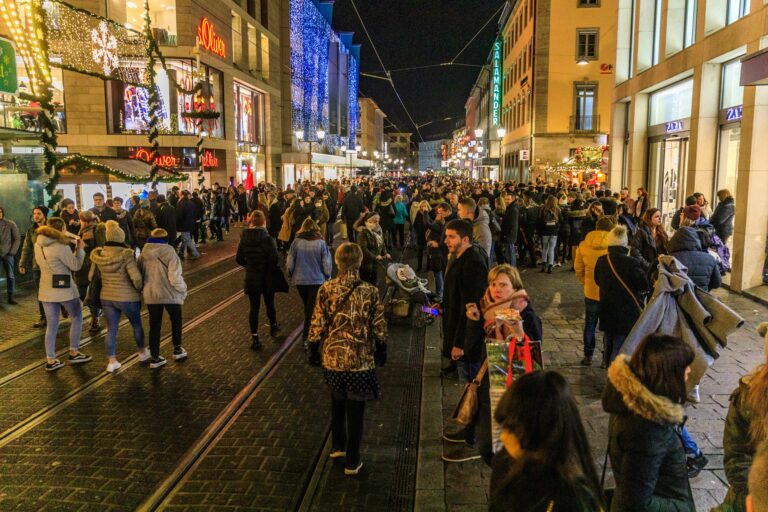
Header picture: Around 300 companies from the retail, service, culture and hospitality sectors with about 6,800 employees and a total annual turnover of approximately 145 million euros in the Würzburg economic region are members of the “Würzburg macht Spaß” city marketing association. Photo: Andreas Kneitz
